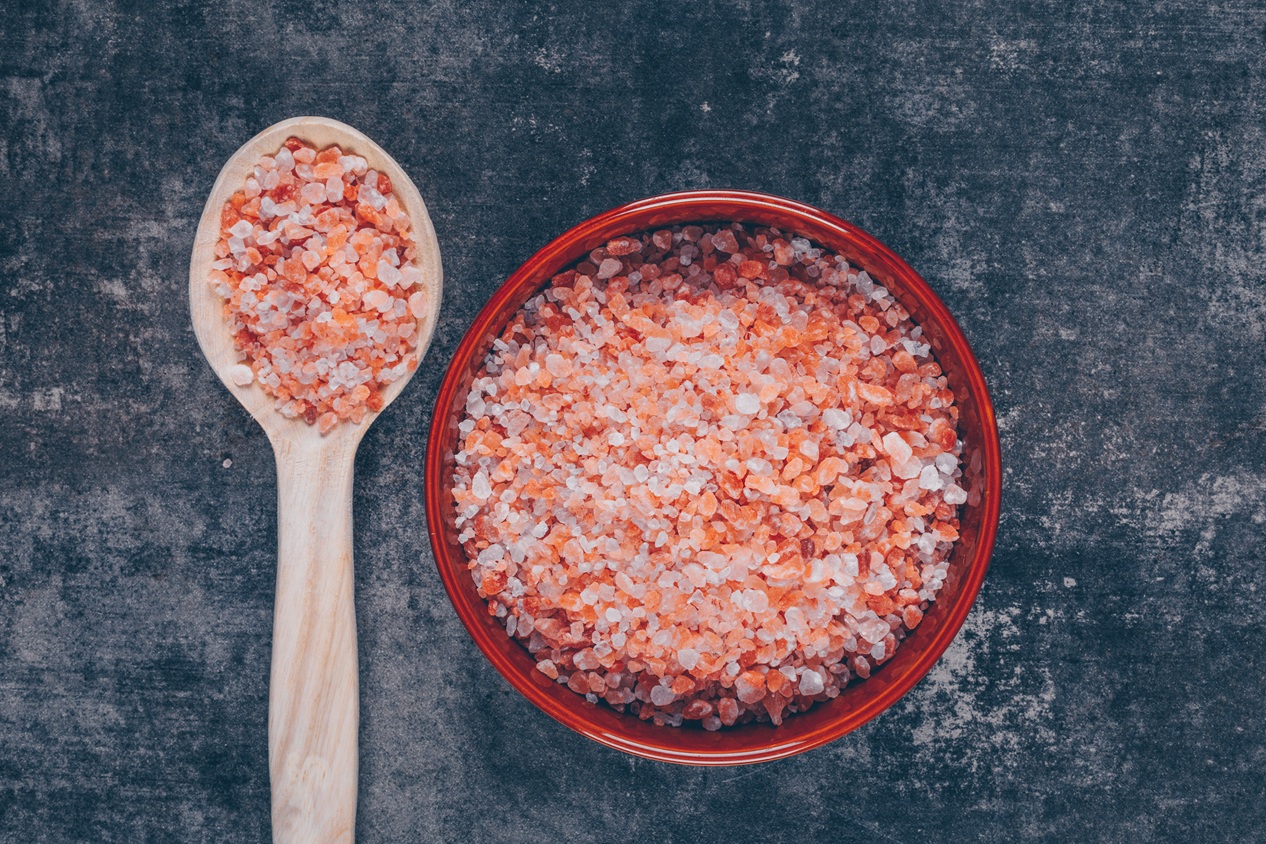Introduction
In the heart of Pakistan’s Salt Range mountains lies a treasure that has captivated the culinary world for centuries – pink Himalayan salt. As global demand for this mineral continues to rise, salt manufacturers in Pakistan have developed sophisticated processes to bring this natural wonder from ancient seabeds to dining tables worldwide. This comprehensive exploration delves into the intricate journey of Himalayan salt, from its extraction to final processing, highlighting the crucial role of Pakistan’s salt industry in global mineral production.
The Historical Context of Salt Mining
Ancient Origins and Traditional Methods
The history of salt mining in Pakistan’s Punjab region dates back over 800 million years, when ancient seas evaporated, leaving behind massive salt deposits. Traditional mining methods, passed down through generations, have evolved alongside modern techniques, creating a unique blend of historical knowledge and contemporary innovation. Today, salt manufacturers in Pakistan maintain these time-honored practices while incorporating advanced technologies to meet international standards.
Geological Significance of the Salt Range
The Salt Range, stretching from the Jhelum River to the Indus River, contains some of the world’s purest halite deposits. This geological marvel, formed during the Precambrian era, provides the perfect conditions for high-quality salt extraction. The range’s unique composition contributes to the distinctive pink color and mineral content that makes Himalayan salt highly sought after globally.
Modern Extraction and Processing Methods
Mining Techniques and Safety Protocols
Modern salt extraction involves a careful balance of mechanical and manual methods. Miners use both traditional hand tools and sophisticated machinery to extract salt blocks, ensuring minimal environmental impact while maintaining the crystal structure’s integrity. Leading salt manufacturers in Pakistan implement strict safety protocols, including proper ventilation systems, structural support mechanisms, and regular geological surveys to protect both workers and resources.
Quality Control and Grading Systems
The processing journey begins immediately after extraction, with preliminary sorting and grading occurring within the mines. Salt blocks undergo initial classification based on color, clarity, and mineral content. This careful segregation ensures that different grades of salt can be directed to appropriate processing channels, whether for culinary, industrial, or therapeutic applications.
Post-Extraction Processing and Distribution
Cleaning and Purification
The journey from raw salt blocks to finished products involves multiple cleaning and purification stages. Workers carefully wash the salt to remove surface impurities while preserving its natural mineral content. Advanced filtration systems and quality control checkpoints ensure that the final product meets international food safety standards. The most reputable salt manufacturers in Pakistan maintain ISO-certified facilities for these processes.
Grinding and Packaging Operations
Different end-use applications require various grain sizes, from coarse grinder salt to fine table salt. Modern processing facilities employ precision grinding equipment to achieve consistent particle sizes. The packaging process involves careful moisture control and contamination prevention measures, ensuring the salt maintains its quality during storage and transportation.
Laboratory Testing and Certification
Before distribution, samples from each batch undergo rigorous laboratory testing. These tests analyze mineral content, moisture levels, and potential contaminants. Documentation and certification processes ensure compliance with international food safety standards and import regulations of destination countries.
Environmental and Economic Implications
Sustainable Mining Practices
The salt industry has recognized the importance of sustainable mining practices. Modern extraction methods focus on minimizing environmental impact through careful resource management, waste reduction, and land reclamation initiatives. This approach helps preserve the Salt Range’s ecological balance while ensuring long-term industry viability.
Economic Impact on Local Communities
Salt mining and processing provide significant employment opportunities in the Salt Range region. Beyond direct mining jobs, the industry supports various auxiliary services, from transportation to packaging manufacturing. This economic activity has contributed to regional development and helped preserve traditional salt-mining communities.
Future Challenges and Opportunities
The industry faces several challenges, including increasing environmental regulations, market competition, and the need for technological advancement. However, these challenges also present opportunities for innovation in processing methods, product diversification, and sustainable practices implementation.
Conclusion
The journey of Himalayan salt from Pakistan’s ancient seabeds to global markets represents a remarkable blend of traditional knowledge and modern innovation. Understanding this process highlights the complexity of mineral extraction and processing while emphasizing the importance of maintaining quality standards and sustainable practices. As global demand for Himalayan salt continues to grow, the industry’s ability to adapt and innovate while preserving traditional methods will be crucial for its sustained success.
Read More: Here
